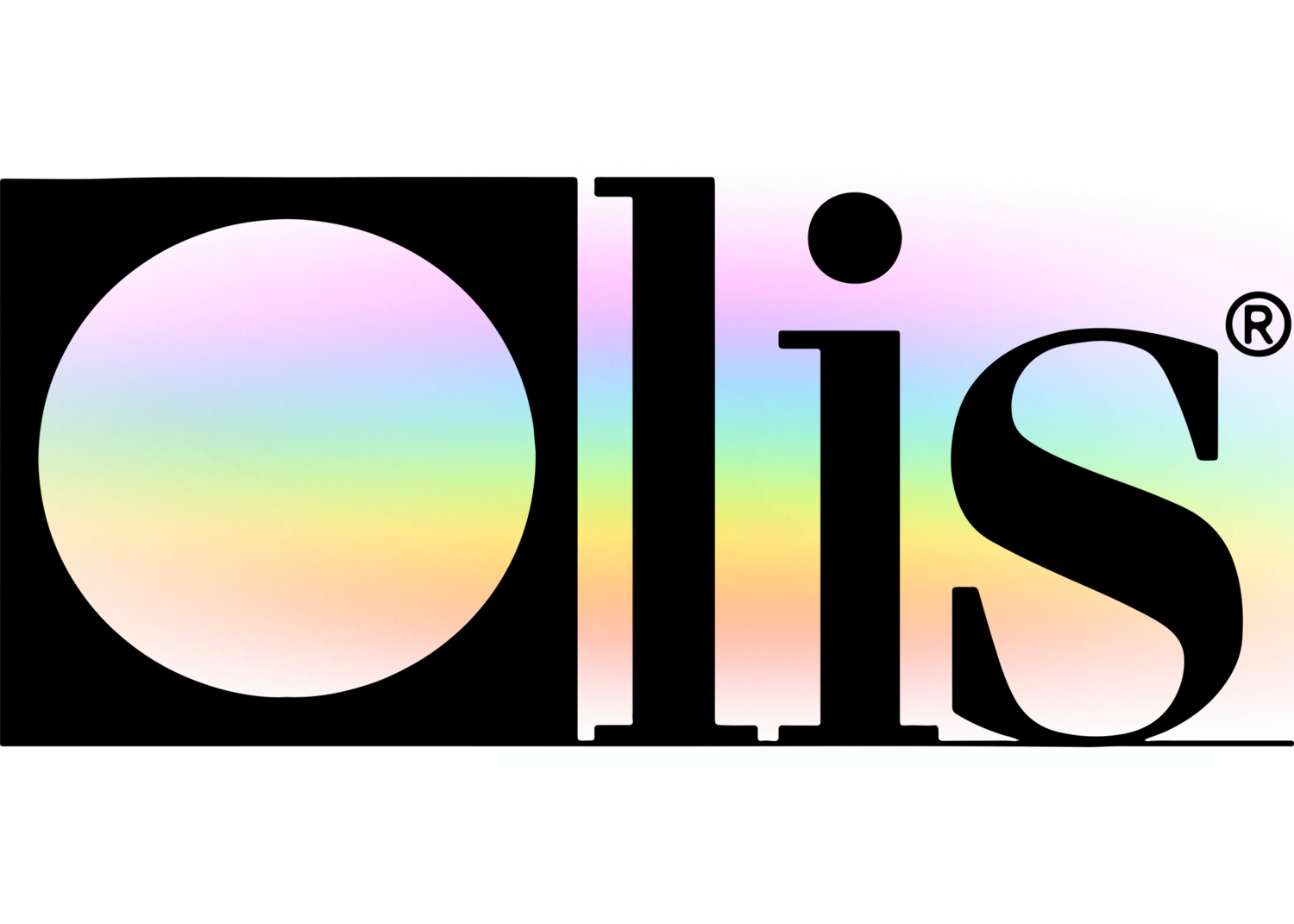Indicators on Circular Dichroism You Need To Know
Indicators on Circular Dichroism You Need To Know
Blog Article
Everything about Spectrophotometers
Table of ContentsCircularly Polarized Luminescence Fundamentals ExplainedCircular Dichroism Things To Know Before You BuyThe Facts About Uv/vis RevealedSome Known Factual Statements About Circularly Polarized Luminescence Facts About Uv/vis/nir Uncovered

Spectrophotometry is a tool that hinges on the quantitative analysis of particles depending on how much light is taken in by colored compounds.
Our Spectrophotometers PDFs
A spectrophotometer is frequently used for the measurement of transmittance or reflectance of solutions, transparent or opaque solids, such as refined glass, or gases. Although lots of biochemicals are colored, as in, they take in visible light and for that reason can be determined by colorimetric treatments, even colorless biochemicals can often be converted to colored substances appropriate for chromogenic color-forming responses to yield compounds appropriate for colorimetric analysis.: 65 Nevertheless, they can also be designed to determine the diffusivity on any of the noted light varieties that generally cover around 2002500 nm utilizing different controls and calibrations.
An example of an experiment in which spectrophotometry is used is the determination of the balance constant of a service. A particular chain reaction within an option might take place in a forward and reverse direction, where reactants form products and products break down into reactants. Eventually, this chemical response will reach a point of balance called a balance point.
8 Easy Facts About Circularly Polarized Luminescence Explained
The quantity of light that passes through the service is indicative of the concentration of specific chemicals that do not enable light to go through. The absorption of light is because of the interaction of light with the electronic and vibrational modes of molecules. Each type of molecule has a specific set of energy levels connected with the makeup of its chemical bonds and nuclei and hence will soak up light of specific wavelengths, or energies, leading to special spectral properties.
The usage of spectrophotometers spans numerous clinical fields, such as physics, materials science, chemistry, biochemistry. circular dichroism, chemical engineering, and molecular biology. They are widely used in lots of markets including official site semiconductors, laser and optical production, printing and forensic evaluation, along with in laboratories for the study of chemical substances. Spectrophotometry is often used in measurements of enzyme activities, decisions of protein concentrations, decisions of enzymatic kinetic constants, and measurements of ligand binding reactions.: 65 Ultimately, a spectrophotometer is able to identify, depending upon the control or calibration, what substances exist in a target and exactly how much through computations of observed wavelengths.
Developed by Arnold O. Beckman in 1940 [], the spectrophotometer was created with the aid of his associates at his business National Technical Laboratories founded in 1935 which would become Beckman Instrument Business and eventually Beckman Coulter. This would come as a service to the previously produced spectrophotometers which were not able to take in the ultraviolet correctly.
Uv/vis - Questions
It would be discovered that this did not provide satisfactory outcomes, for that reason in Design B, there was a shift from a glass to a quartz prism which permitted better absorbance outcomes - UV/Vis/NIR (https://www.twitch.tv/olisclarity1/about). From there, Model C was born with an adjustment to the wavelength resolution which ended up having 3 units of it produced
It irradiates the sample with polychromatic light which the sample takes in depending upon its homes. Then it is sent back by grating the photodiode selection which spots the wavelength area of the spectrum. Ever since, the development and application of spectrophotometry devices has increased tremendously and has actually become one of the most innovative instruments of our time.

The Ultimate Guide To Uv/vis/nir
The grating can either be movable or fixed.
In such systems, the grating is repaired and the intensity of each wavelength of light is determined by a various detector in the range. When making transmission measurements, the spectrophotometer quantitatively compares the portion of light that passes through a reference service and a test solution, then electronically compares the strengths of the 2 signals and calculates the percentage of transmission of the sample compared to the reference standard.

Report this page